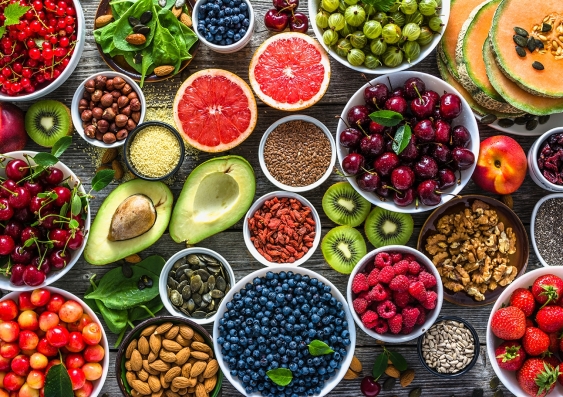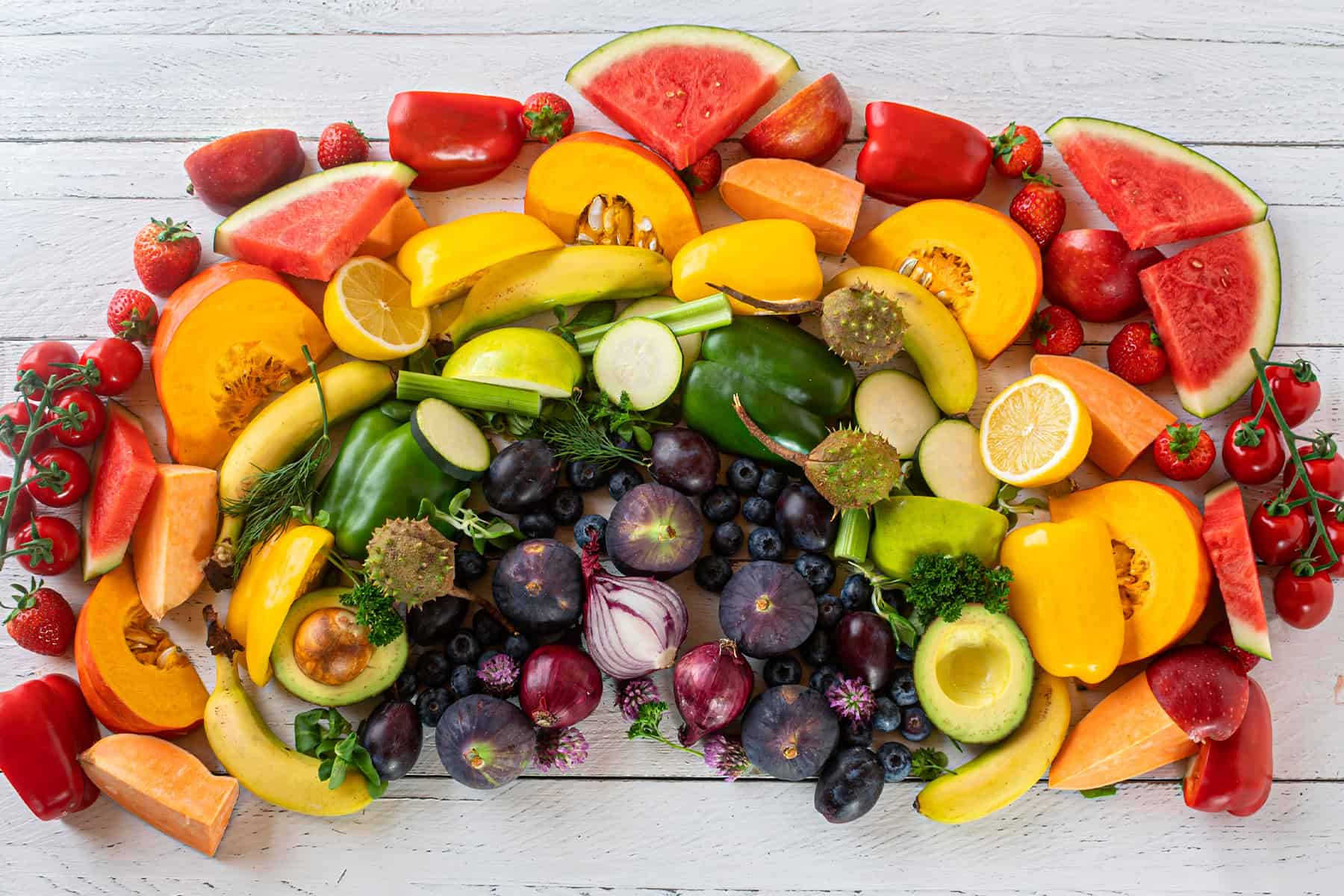Scientists Say They’ve Pinpointed Noah’s Ark’s Exact Location With Stunning New Scans

Using previously unheard-of radar scans, scientists say they have pinpointed the precise location of Noah’s Ark.
The Bible’s Book of Genesis, which describes a massive flood that threatens to destroy the entire planet and all living things except for those who are spared on Noah’s enormous homemade ship, brings the story of Noah’s Ark to life.
God only knows (literally) how Noah was able to fit two of every animal species on Earth into the Ark, which is estimated by Ark believers to have been the length of one and a half football fields.
However, after ground-penetrating radar equipment discovered the potential remains of the Ark imbedded in the ground in Turkey, American researchers say they have finally solved the puzzle.
Independent researcher Andrew Jones, who worked on the project, told the Christian Broadcasting Network: “It is exactly what you’d expect to find if this were a man-made boat, consistent with the biblical specifications of Noah’s Ark.”
Jones and his group collaborate with Noah’s Ark Scans, a “loose organisation” of individuals “interested in pursuing scientific work” on the location of the ark, according to Jones.
When the scientists made the breakthrough discovery, they started looking at the highlands in eastern Turkey, some eighteen miles south of Mount Ararat, which makes sense because the Bible indicates that this is where the boat ends.
According to the New York Post, the location is actually the Durupinar site, which is 538 feet long and resembles a boat-shaped mound. These measurements are identical to those of the famed ark that saved humanity and the animal kingdom approximately 4,300 years ago.
According to the Daily Mail, the radar seemed to detect a 13-foot “tunnel” that was moving through the middle of the building, in addition to below layers and “central and side corridors or hallways running through.”
The group believes that this is consistent with Genesis 6:16, which states that Noah was told to build “lower, second, and third decks.”
Curiously, the researchers also found angular buildings around 20 feet below the surface, which they speculate might have been the quarters beneath the deck.
Furthermore, they claim that their theory is supported by the organic stuff that is growing on the site.
Jones stated, “We noticed that the grass growing within the boat-shaped formation is a different colour compared to the area just outside it.”
After testing, they discovered that its pH levels were lower than those of the soil immediately outside the formation, which they claim is “consistent with rotting wood” and suggests a human touch.
Another Noah’s Ark Scans participant, William Crabtree, made the following observation: “If you understand soil chemistry, as I do, you’ll realise that decomposing organic matter can affect pH, organic matter, and potassium levels.”
“If this was a wooden boat and the wood had rotted over time, we would expect to see elevated levels of potassium, changes in pH, and higher organic content — and that’s exactly what we’re finding.”
Jones asserts that the remains simply act as a “chemical imprint” of “pieces of wood and in the ground,” despite their apparent preservation, and that he does not anticipate discovering anything tangible beneath the grassy and rocky environment.
Still, Jones surmised: “This is not what you’d expect to see if the site were simply a solid block of rock or the result of random mudflow debris,” instead saying he believed it squared up with the Biblical description of the legendary vessel.
To “give us a much clearer picture of whether this is truly something man-made,” Jones continued, the team then stated that they would like to do a core drilling survey.
Superfoods Explained: What They Are, Why They Matter, and How to Use Them
In a world obsessed with health and wellness, the term superfood gets thrown around a lot. You see it on product labels, in fitness magazines, and across Instagram posts. But what exactly are superfoods, and why are they considered “super”? More importantly, how can you incorporate them into your everyday life in a meaningful (and delicious) way?
In this blog post, we’ll explore what makes a food “super,” highlight some of the most powerful superfoods available today, and give you tips on how to use them to boost your health naturally.

What Are Superfoods, Really?
There’s no official scientific definition for superfoods, but the term generally refers to foods that are extremely nutrient-dense—meaning they provide a high amount of vitamins, minerals, antioxidants, and other health-boosting compounds with relatively few calories.
Superfoods can help:
-
Boost your immune system
-
Reduce inflammation
-
Lower the risk of chronic diseases
-
Improve digestion and gut health
-
Support mental clarity and mood
They don’t have to be exotic or expensive. Many superfoods can be found at your local grocery store or even in your kitchen pantry right now.
Top 10 Superfoods You Should Know About
Let’s take a closer look at ten of the most celebrated superfoods—and why nutritionists love them.
1. Blueberries
Packed with antioxidants, especially anthocyanins, blueberries protect your cells from oxidative stress. They’re also rich in fiber and vitamin C.
Try this: Add a handful to your oatmeal, yogurt, or morning smoothie.
2. Kale
This leafy green is a powerhouse of vitamins A, C, and K, along with calcium and fiber. Kale also contains compounds like sulforaphane that support detoxification.
Try this: Sauté it with garlic, add to soups, or bake kale chips for a crunchy snack.
3. Chia Seeds
Tiny but mighty, chia seeds are loaded with omega-3 fatty acids, protein, and fiber. They absorb liquid and expand, which makes them great for digestion and satiety.
Try this: Make a chia pudding, sprinkle on cereal, or blend into smoothies.
4. Salmon
Wild-caught salmon is rich in high-quality protein and omega-3 fatty acids, which promote heart and brain health.
Try this: Grill with lemon and herbs, or flake into salads and rice bowls.
5. Turmeric
This golden spice contains curcumin, a powerful anti-inflammatory compound. Turmeric supports joint health, boosts mood, and may reduce the risk of some chronic diseases.
Try this: Add to soups, rice dishes, or blend into golden milk with coconut milk and black pepper.
6. Avocados
Creamy and satisfying, avocados are full of heart-healthy monounsaturated fats, potassium, and fiber.
Try this: Mash on toast, add to salads, or blend into smoothies for a silky texture.
7. Quinoa
A gluten-free grain that’s high in protein and contains all nine essential amino acids—making it a complete protein.
Try this: Use in place of rice, make a quinoa salad, or add to veggie bowls.
8. Green Tea
Rich in antioxidants like EGCG, green tea helps with metabolism, brain function, and fat oxidation.
Try this: Enjoy hot or iced, or use matcha powder for a more concentrated boost.
9. Greek Yogurt
This thick, creamy yogurt is a great source of probiotics, calcium, and protein. It supports gut health and keeps you feeling full.
Try this: Top with fruit and honey, use as a smoothie base, or substitute for sour cream in recipes.
10. Nuts (Almonds, Walnuts, Brazil Nuts)
Nuts are energy-dense and packed with healthy fats, protein, vitamin E, and selenium. Just a small serving goes a long way.
Try this: Keep a handful as a snack, toss into salads, or blend into nut butters.

Benefits of Including Superfoods in Your Diet
Incorporating superfoods into your diet can lead to real improvements in your overall well-being. Here’s how:
✅ Boosted Immunity
Superfoods like berries, garlic, and spinach contain immune-boosting nutrients such as vitamin C, zinc, and antioxidants that help your body fight off illness.
✅ Improved Digestion
High-fiber superfoods like oats, flaxseed, and yogurt support gut health and regular digestion.
✅ Reduced Inflammation
Chronic inflammation is linked to many diseases. Superfoods like turmeric, green tea, and fatty fish can help reduce it naturally.
✅ Heart Health
Foods like avocados, nuts, and salmon contain heart-healthy fats and minerals that support good cholesterol levels and blood pressure.
✅ Better Brain Function
Omega-3s, antioxidants, and B vitamins found in foods like walnuts, eggs, and leafy greens support memory and concentration.
How to Add Superfoods to Your Everyday Meals
You don’t need to go on a special “superfood diet.” Simply incorporate them into meals you already love. Here are some easy tips:
-
Start your day with superfoods: A smoothie made with spinach, banana, chia seeds, and almond milk is a perfect breakfast.
-
Snack smart: Swap chips for trail mix with almonds, dark chocolate, and dried berries.
-
Upgrade your grains: Replace white rice with quinoa or bulgur for extra fiber and nutrients.
-
Experiment with herbs and spices: Add turmeric to soups or cinnamon to your coffee for an antioxidant kick.
-
Don’t overdo it: Superfoods are super because they’re nutrient-dense, but variety is key. Mix and match to get a full range of benefits.
Myths and Misunderstandings About Superfoods
Let’s clear up a few common myths:
❌ Myth: Superfoods are magical cure-alls.
Superfoods are beneficial, but they’re not magic. They work best as part of a balanced diet and healthy lifestyle.
❌ Myth: You have to buy expensive or exotic items.
You don’t need to splurge on rare berries or imported powders. Many affordable, everyday foods (like eggs or broccoli) are just as powerful.
❌ Myth: Only “organic” superfoods work.
While organic options can reduce your exposure to pesticides, both organic and non-organic superfoods offer excellent nutrition.
Final Thoughts: Eat Smart, Not Trendy
Superfoods are not just a trend—they’re a smart way to give your body what it needs to thrive. But remember, no single food can do it all. The goal should always be balance and consistency.
By including a wide range of superfoods in your daily diet, you can boost your energy, strengthen your immune system, and feel better from the inside out. So next time you’re at the store, reach for a handful of nature’s finest, and start building meals that nourish your body and your soul.
